Outwood Viaduct
Outwood Viaduct
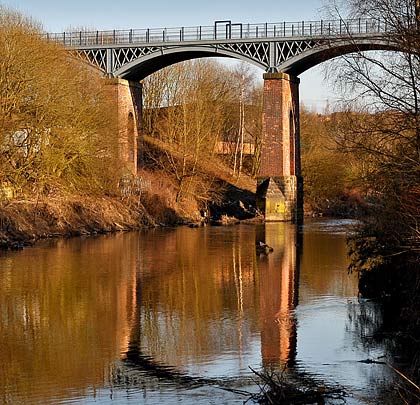
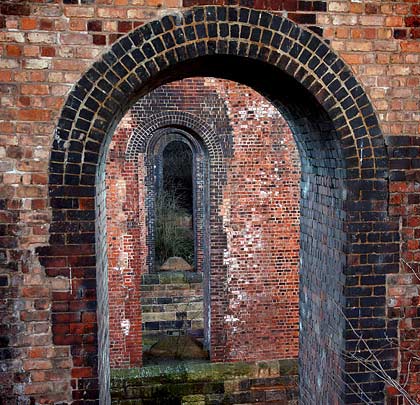
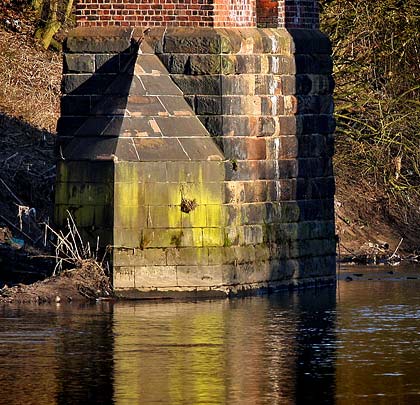
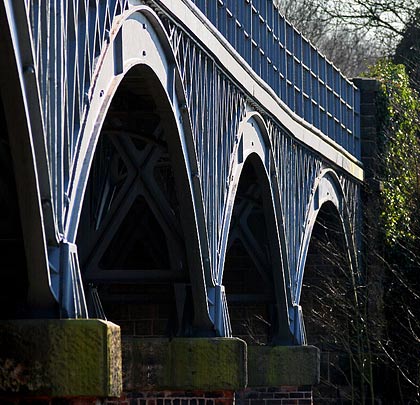
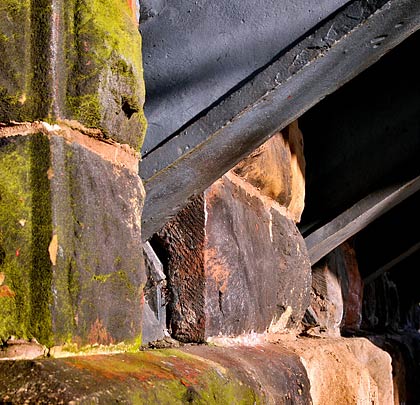
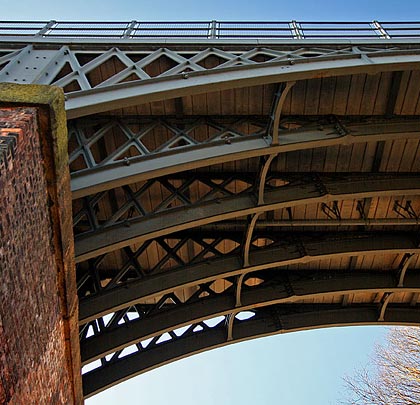
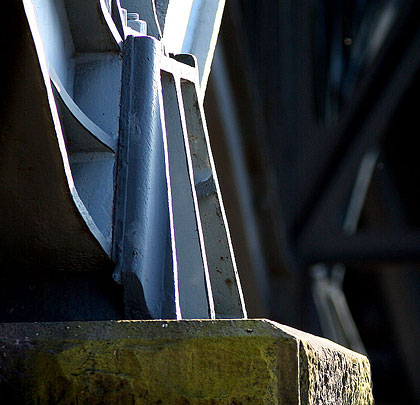
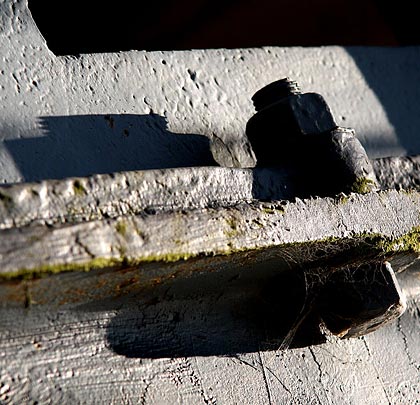
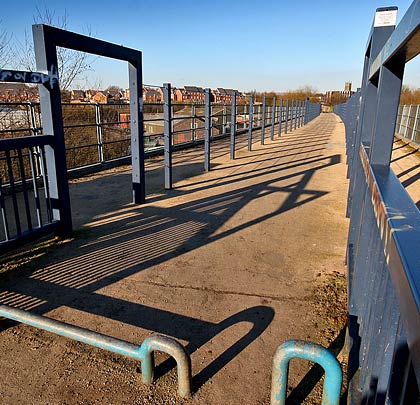









On 14th September 1843,a group of businessmen met at a pub in Bury to discuss the building of a line to connect the town with the railway network at Clifton, 4½ miles away. The following year, the Manchester, Bury and Rossendale Railway Company was incorporated by an Act of Parliament, authorising it to raise £300,000 and borrow a further £100,000. The MB&R joined forces with the Burnley, Accrington & Colne Extension Railway in July 1845 to form the East Lancashire Railway.
The Chief Inspector of Railways Major General Sir Charles W Pasley, examined the route on 23rd September 1846 and it opened five days later. The section south from Bury included two notable structures – a 13-arch masonry viaduct at Clifton and a crossing of the River Irwell in Radcliffe. They were Grade II listed in 1987 and 1976 respectively.
The latter, Outwood Viaduct, carried the line 70 feet above the river. Its five original timber arches were replaced by cast iron spans – each comprising six ribs – by Andrew Handyside & Co of Derby in 1881. This work cost £4,225. Supporting them are brick piers capped with a stone impost – the two in the river have masonry feet and cutwaters. The abutments are also masonry.
The London, Midland and Scottish Railway replaced the timber deck in 1923 but the line failed to survive the network’s contraction, closing to traffic on 5th December 1966. In 1987, British Rail was refused listed building consent to demolish the 340-foot long structure.
Its future was secured in the Nineties by a restoration project, funded largely by a £800,000 lottery grant. Required were masonry and brickwork repairs to the substructure, the extensive renovation of cracked superstructure members and the installation of a new concrete deck. Sir William McAlpine, President of the Railway Heritage Trust, reopened it as a footpath on 25th June 1999.







